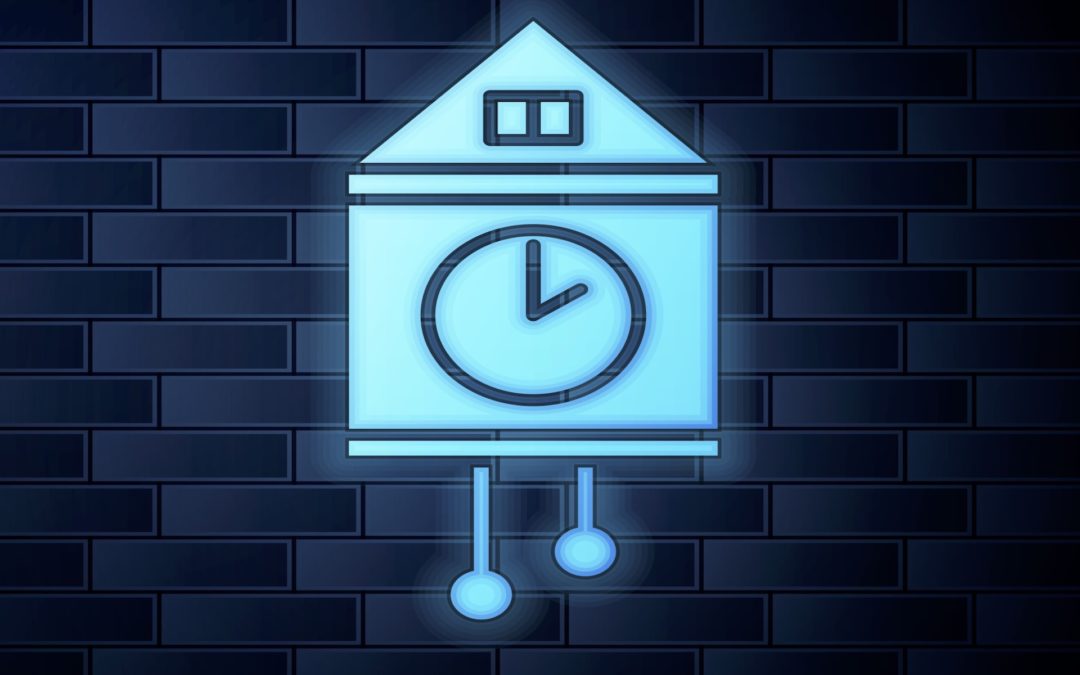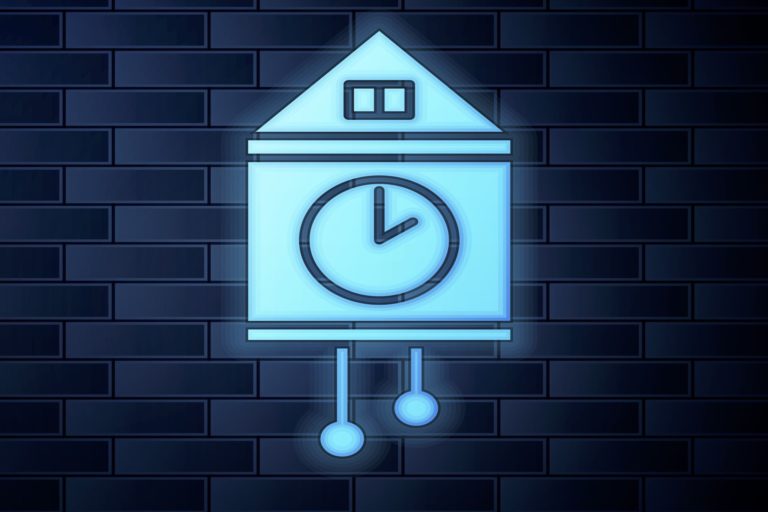
Epicor ERP Event: EstesGroup Fall Summit 2020 (Video)

An Epicor ERP Event to Begin a New Season
Are you ready for change? In June, we gathered friends and strangers together at an Epicor user event covering everything from master file setup to security to embedded customization. To further support this ERP community, we’re meeting again on October 7th for another Epicor event that will raise awareness of new techniques for manufacturers and distributors using ERP software solutions. This fall summit will serve to assist Epicor users with customization and optimization steps that are often overlooked by ERP project teams.
Epicor is a large and complex application and can be configured in a multitude of ways. Depending on how you’ve configured your application, different capabilities and different issues present themselves, and understanding how other Epicor customers have addressed these issues is often a great way to add perspective to your own challenges. On the technical front, the tools available for super users often span the skillsets of multiple roles, so for those of you who wear multiple hats by necessity, a better understanding of some of Epicor’s key technical foundations can assist in better maintaining and optimizing your installation. If you’ve experienced work culture shifts because of the pandemic, you might benefit from new Epicor consulting techniques that can address challenging project checkpoints (like conducting an Epicor CRP remotely, for example).
Making the Most of the Planning Workbench
Job management and scheduling are critical to any ERP implementation, but no two companies manage the work orders passing though their factories in quite the same way. Not surprisingly, Epicor offers a number of planning and scheduling tools that often go underutilized. Epicor’s Planning Workbench is one such tool, and integrating it into your suite of management tools can take a little fiddling, and its tendrils extend into Epicor’s part master setup, into its Time Phase and MRP programs, and even into Epicor’s underlying PartDtl table. In this session, we’ll be working though the logic underlying the Planning Workbench and demonstrating how it can be leveraged to keep ahead of quantity and timing issues on your shop floor.
SQL Server: Tips and Tricks For the Epicor Administrator
For those in the user community with Epicor experience that dates back to the days of 905 and earlier, the challenges of working with Epicor’s legacy backend are long remembered, like bad memories from another place and time. With the advent of Epicor’s E10 application, Epicor moved to an entirely Microsoft-centric stack, resulting in a much more stable, robust and scalable platform. And now that Epicor’s E10 ERP platform is built upon Microsoft’s SQL Server database engine, there are many new tricks and techniques that can be applied to best leverage the capabilities of the SQL Server RDBMS, while avoiding the common pitfalls of SQL Server administration. Understanding the principles of configuration, tuning and optimization at the database level can have a significant positive impact on your Epicor application’s performance and stability. In this SQL Server session, we’ll provide key insights to keeping your database server running smoothly.
SSRS Reporting: Modifying Standard Reports
Speaking further along the lines of Epicor’s Microsoft-centric stack, Epicor’s use of Microsoft’s SQL Server Reporting Services (SSRS) as its primary reporting platform allowed for tighter integration across the different elements of the application. But the move from Crystal Reports to SSRS was a significant one, given that SSRS differs significantly from Crystal in its fit, form, and function. For users unfamiliar with the paradigms underlying SSRS, simple things like adding a logo or a field to an existing report, in order to address the needs of a given company, are not always self-evident. In this SSRS Reporting session, we’ll provide some steps that will allow you to make basic modifications to standard reports to help fit them effectively into your business.
Watch this ERP event
Watch our Epicor ERP fall event preview to begin a new season of ERP solutions.

Planning Workbench
Presented by Brad Feakes

SQL Server
Presented by Daryl Sirota

SSRS Reporting
Presented by Joe Trent








